Opinion | Interactive: The Plan to Save New York From the Next Sandy Will Ruin the Waterfront. It Doesn’t Have To – the New York Times
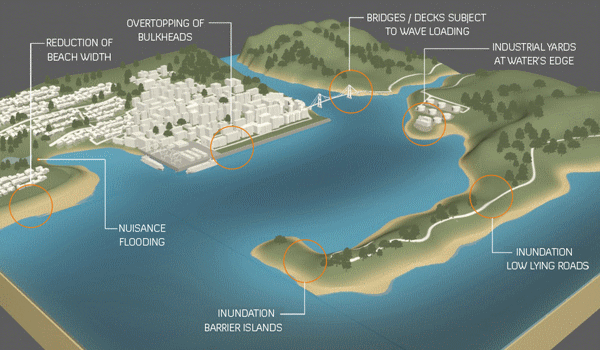
Last September, the U.S. Army Corps of Engineers unveiled its proposal to protect the greater New York and New Jersey metro area from the next catastrophic flood. It is an epic plan that includes dozens of miles of floodwalls, levees and berms along the shoreline and 12 storm surge barriers — arrays of movable gates — across entrances to waterways throughout the region.
The plan is estimated to cost a staggering $52.6 billion. It’s by far the most expensive project ever proposed by the Corps.
The trouble is that despite its great ambitions, the Corps’s plan demonstrates the shortcomings of relying on massive shoreline structures for flood protection…
Study says buyout of threatened Outer Banks homes would be cheaper than beach nourishment – Star News Online
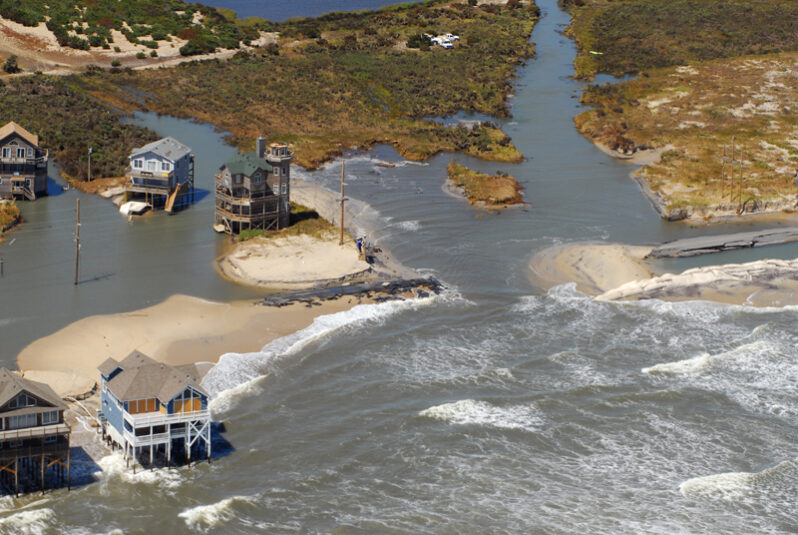
Along coastal North Carolina, engineering answers to threats from Mother Nature is a time-honored tradition to dealing with eroding beaches and threats from wandering inlets. But pumping sand isn’t cheap….Faced with a future of rising seas and stronger storms intensified by climate change, state and local officials are scrambling to keep up.(And) one option occupies a relatively rare seat at the table for discussion by local officials and residents: moving oceanfront structures out of harms way…
How First Nations Are Asserting Sovereignty Over Their Lands and Waters – the Tyee
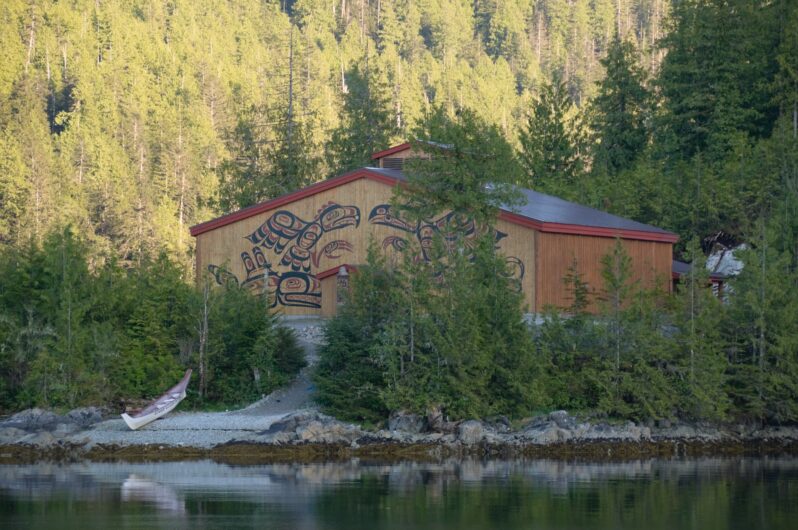
Indigenous Marine Protected and Conserved Areas hold a key to food security and balancing ecological and economic priorities. Part one of two.
Kitasu Bay sits within the traditional territory of the Kitasoo Xai’xais First Nation and is located on the Central Coast of British Columbia. Last summer the nation declared it a protected area under their own laws, closing it to commercial harvest by non-Indigenous fishers. Their declaration invited the provincial and federal governments to work with them to develop a co-governance model, but added, “we seek no permission…”
St. Johns County receives $59 million for coastal protection, ‘managed retreat’ – First Coast News

Other funded projects include a railroad overpass in Nocatee and erosion control in North Ponte Vedra Beach.
With Gov. Ron DeSantis putting pen to paper in signing the state’s budget for the fiscal year Thursday, St. Johns County received $59 million — the largest amount of state appropriations the county has ever received and far more than the $12.4 million it got last year…
In the Bahamas, a Constant Race to Adapt to Climate Change – the New York Times
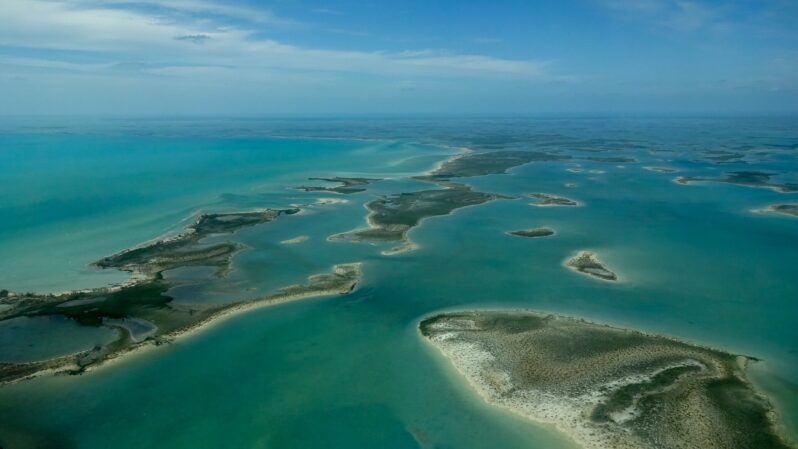
Rising seas and the ongoing threat of hurricanes and storm surges have forced the Caribbean nation to become a laboratory for climate adaptation.
At the United Nations climate summit in Egypt last year, Prime Minister Philip Davis of the Bahamas emerged as one of the most impassioned speakers among the more than 100 heads of state in attendance.
“We have to believe that a safer, better future is possible,” he told the gathering. “We believe that action — real, concerted action — can save the planet and save our human race…”
Letting the Sea Have Its Way – Hakai Magazine
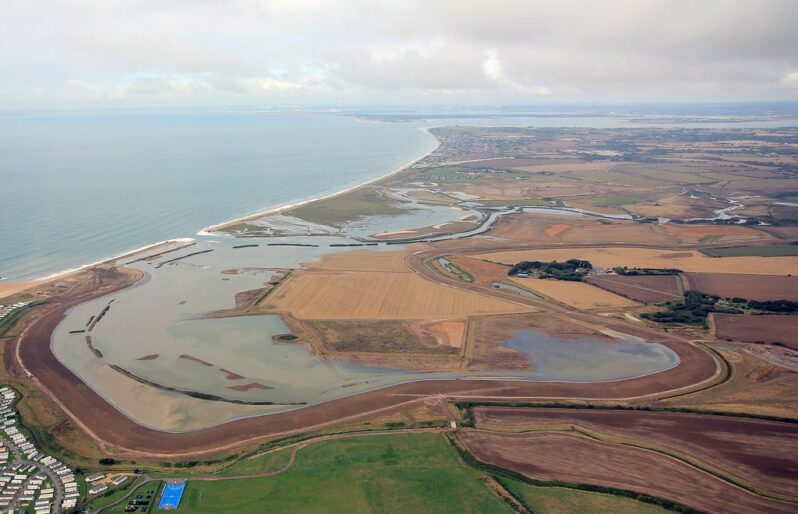
On May 10, a four-bedroom house perched on the beach of a North Carolina barrier island in the town of Rodanthe collapsed into the ocean. It was not the victim of a violent hurricane strike or storm surge. Rather, a low-pressure system coupled with a high tide drew ocean waves onto the shoreline, leaving heaps of sand on the prophetically named Ocean Drive. Then—in that viral video moment—the water gently pulled the house loose and set it to bob upon the sea. It was not the first house—this year! that day!—nor will it be the last.This is reality in the 21st century…
Buying out threatened oceanfront homes is not a crazy idea – Coastal Review

The oceanfront shoreline of Rodanthe has one of the highest erosion rates on the U.S. East Coast (recently upwards of 20 feet per year). Many homes that were initially constructed well back from the beach are now at risk of constant flooding and imminent collapse. A typical response to this erosion in Dare County (and most coastal communities) would be the implementation of a beach nourishment project. It is unclear whether this is practical for Rodanthe, as the geologic setting is problematic…
French Government Will Destroy Houses of Storm Survivors – the Epoch Times

The French government has decided to stay firm on its decision to destroy more than 1,500 houses in areas of “extreme danger” along the Atlantic coast. The decision follows the deaths of 53 people from storm “Xynthia,” the violent winter storm that battered Europe’s west coast on Feb. 28. Hope had risen among residents that they could save their homes following a statement made by Interior Minister Brice Hortefeux…”There could be individual, precise, and discrete situations that could need a deepened analysis…”
As California attempts a ‘managed retreat,’ coastal homeowners sue to stay – Grist Magazine
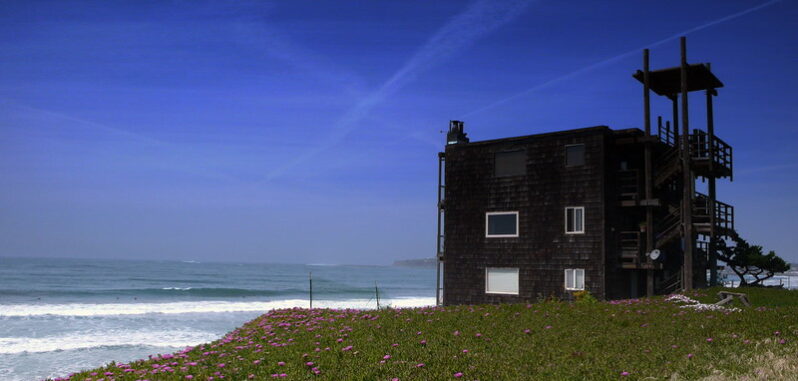
“We’re in this dilemma of figuring out, how do you convince the community to move?” said (Gary) Griggs.
Mirada Road is a small cul-de-sac that runs right up to the edge of the Pacific Ocean, skirting the rim of a 30-foot bluff. The townhomes on this street, which is located in Half Moon Bay, California, are separated from the sea by nothing but a pedestrian walking trail on a beach that is eroding a few inches every year…
